We track selected flora, fauna and ecological processes in parks. We do so using rigorous, detailed protocols. These include plants, animals, and water and air resources. Monitoring information informs managers in their stewardship of park resources.
Vegetation
-
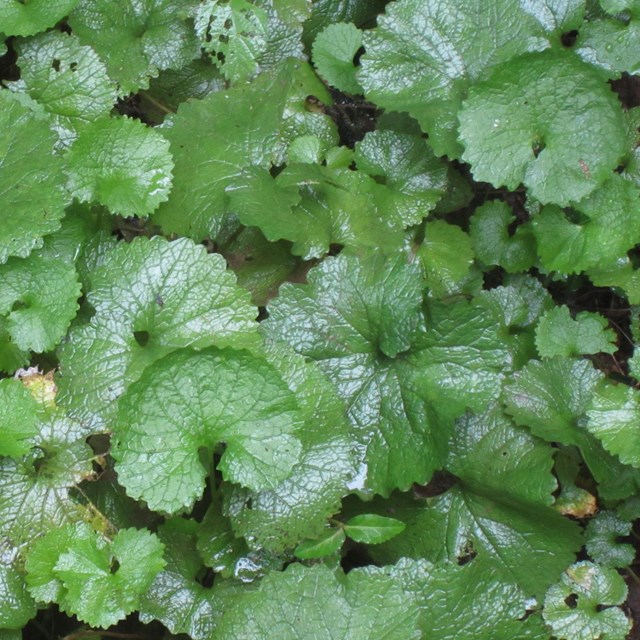 Problematic Plants
Problematic PlantsProblematic plants often spread rapidly, displace native plants, and alter ecological processes.
-
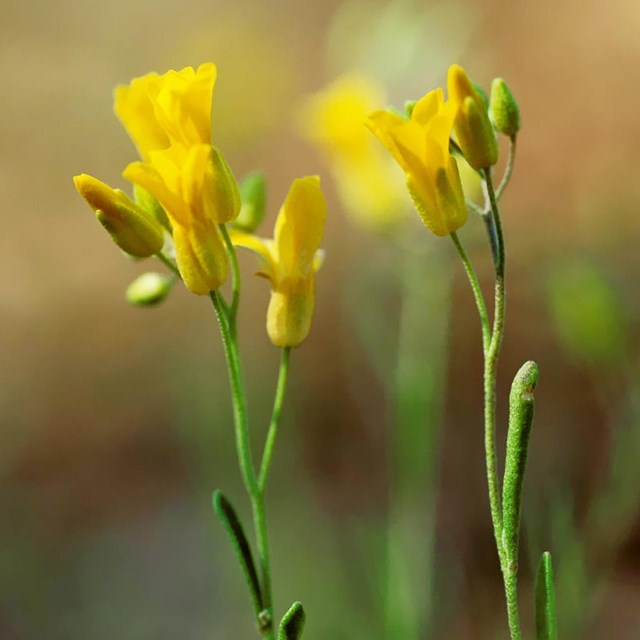 Missouri bladderpod
Missouri bladderpodGiven the natural rarity of the Missouri bladderpod, proper stewardship of existing habitat is critical for the conservation of the species.
-
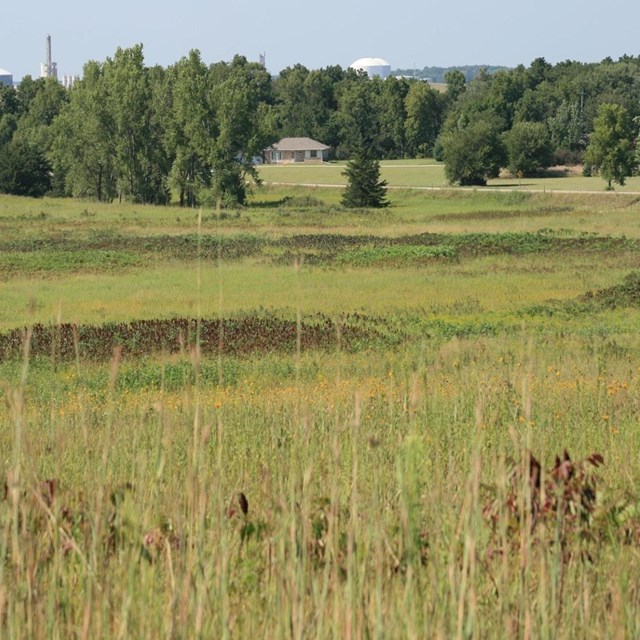 Vegetation Communities
Vegetation CommunitiesNative and restored plant communities are part of the foundation of park ecosystems.
-
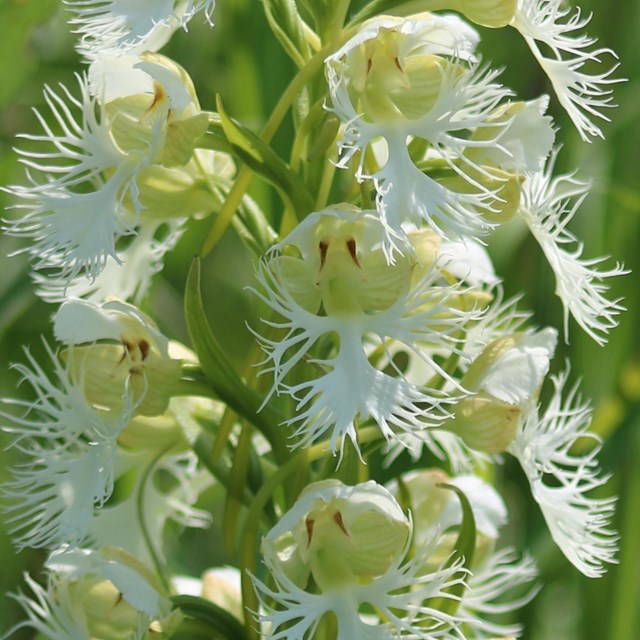 Western Prairie Fringed Orchid
Western Prairie Fringed OrchidThe western prairie fringed orchid is classified as imperiled or critically imperiled in eight states and one Canadian province.
-
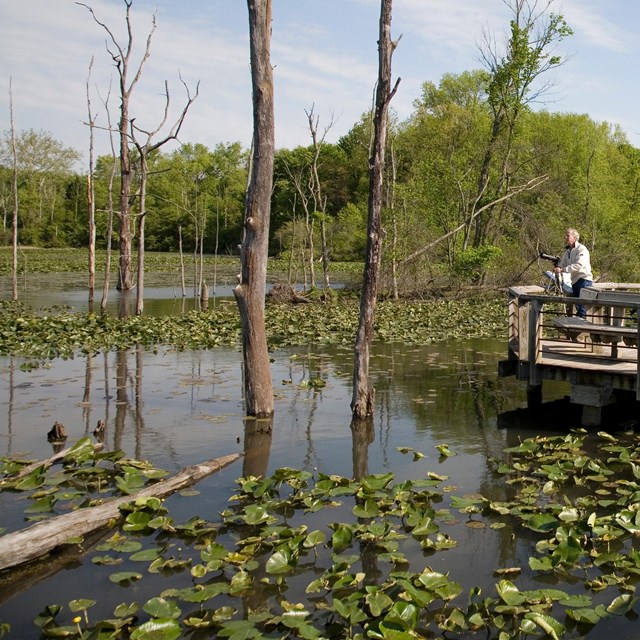 Wetlands
WetlandsWetlands are important sites of biodiversity, providing habitat for nearly half of all endangered species.
Water
-
 Aquatic Invertebrates
Aquatic InvertebratesAquatic invertebrates react strongly and predictably to human disturbance making them an effective tool to monitor stream water quality.
-
 Fish Communities
Fish CommunitiesAssessment of entire fish communities provides information on ecosystem integrity and function.
-
 Spring Communities
Spring CommunitiesThe irregular limestone topography surrounding Ozark National Scenic Riverways is conducive to the formation of springs—there are over 300.
Wildlife
-
 Breeding Birds
Breeding BirdsThe Heartland Network monitors bird community composition and abundance in 11 parks to detect trends and compare with changes in habitat.
-
 White-Tailed Deer
White-Tailed DeerMonitoring data can help parks identify and potentially mitigate safety risks and plant community damage related to deer overpopulation.
Large-Scale
-
 Air Quality
Air QualityAir quality affects scenic and natural resources in national parks, including lakes, streams, plants, and wildlife.
-
 Fire Ecology
Fire EcologyAnalysis of fire as a management tool can aide us in understanding observed patterns in grassland plant and wildlife monitoring data.
Last updated: December 12, 2022
